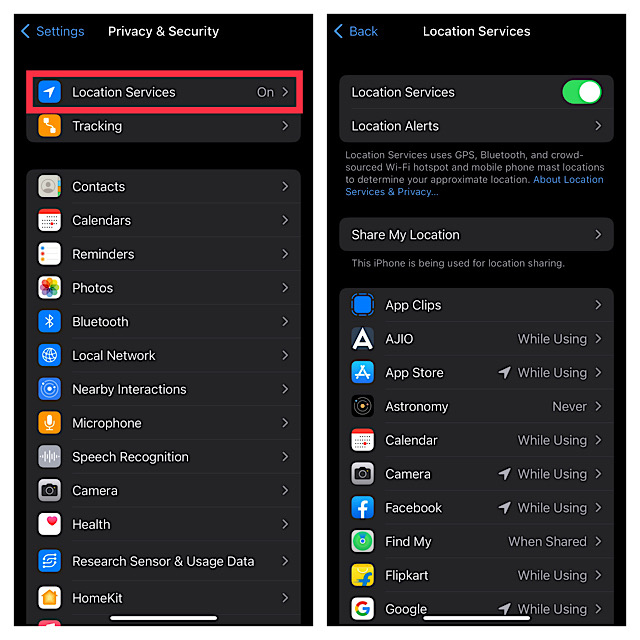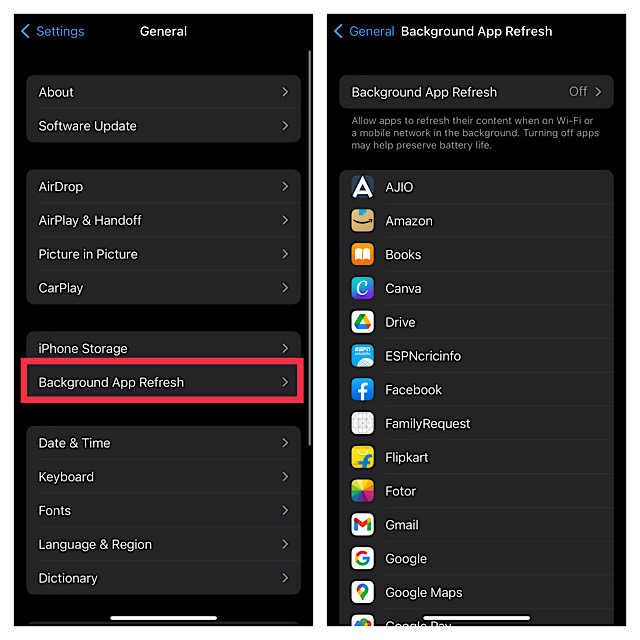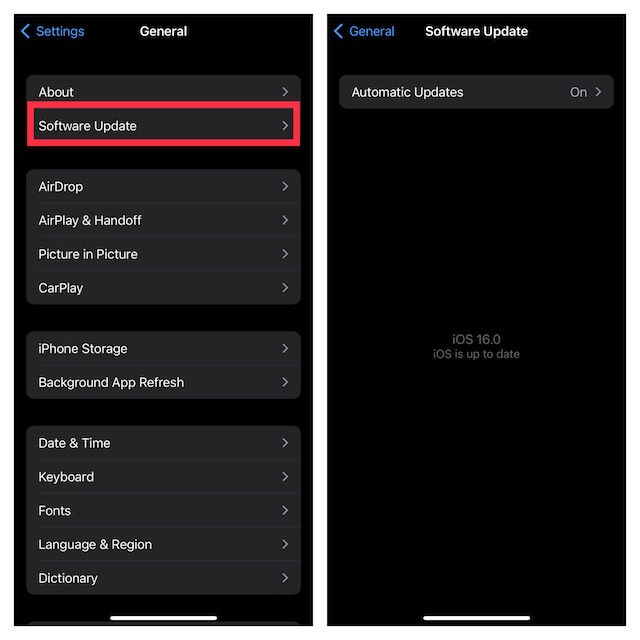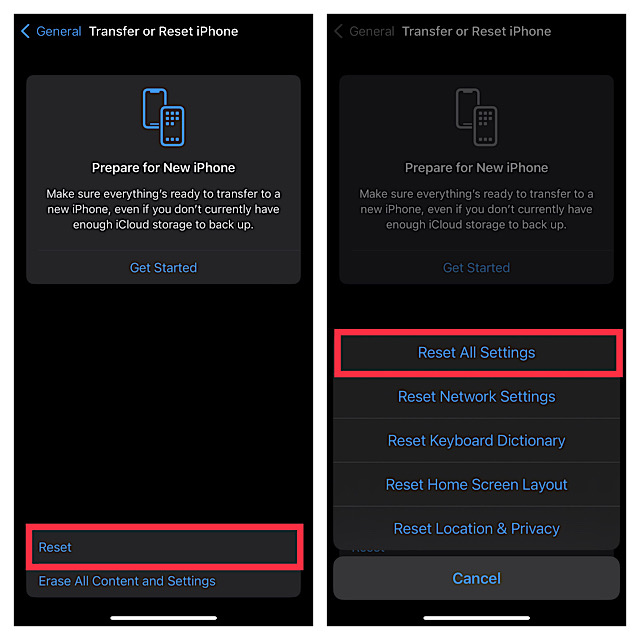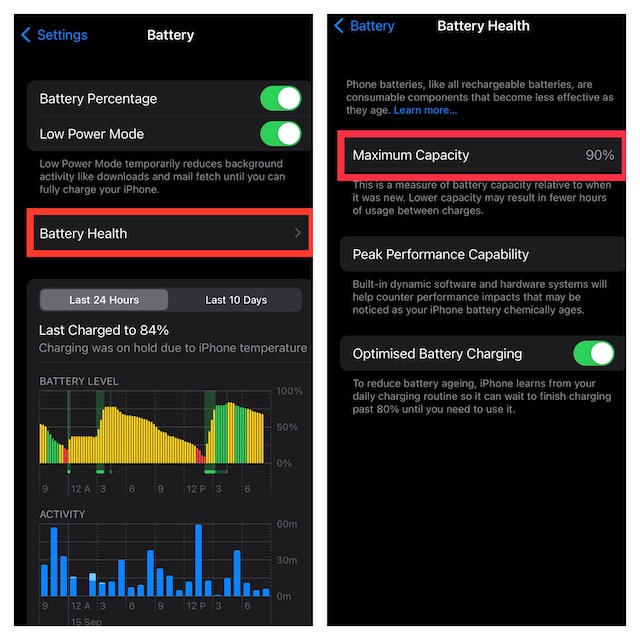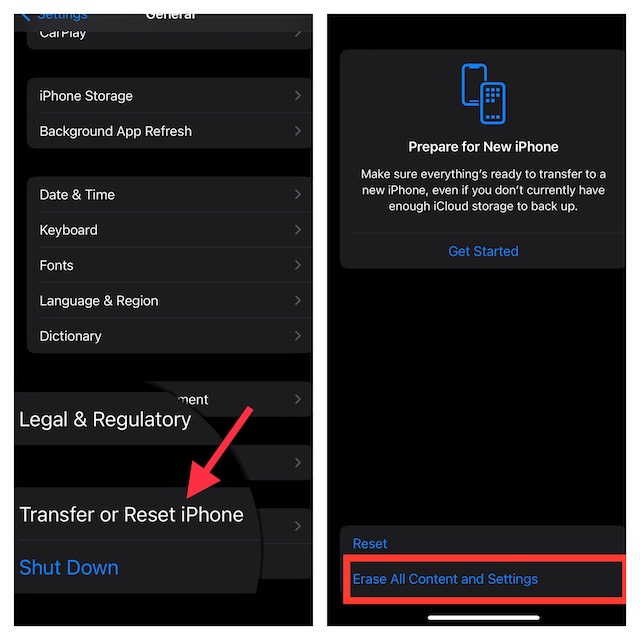11 Ways to Fix a Slow-Moving iPhone and Speed Up iOS 16
Checking out the possible causes before going for solutions is what you should do when faced with a frustrating issue like this one. So, we will get through it beforehand.
Why Does iPhone Slow Down After Software Update?
There is nothing new about iPhone slowing down after the update as it has existed for ages. As to why it triggers in the first place, several things cause the issue.
Modern software vs the aging hardware: The aging hardware is unable to get along with the more powerful software packed with bleeding edge technology. Outdated apps: If apps are not optimized, they will also cause the iPhone to slow down. Lack of control over more demanding features: If you do not manage the power-hungry features or the more demanding ones, they will be the cause of the battery drain problem and may also make the device feel sluggish. Software bug: Rare software bugs could also be responsible for slowing down the iPhone. Clogged up storage: If the storage on your iPhone has very limited space to breathe, it would cause a cluster of problems on your device including sluggishness.
We have taken each of these reasons into consideration to offer the solutions that work in fixing an iPhone that is too slow to run smoothly. If your iPhone is faced with a cluster of issues simultaneously, head over to this detailed guide about the most common iOS 16 problems and their solutions.
Best Tips & Tricks to Speed Up iOS 16 on iPhone
Time to get started with the ways to overcome the problem.
1. Allow the Software Update to Settle Down Peacefully
After the software update, it takes a while for the iPhone (or for that matter any device) to settle down. During this period, you may notice issues like battery drain, sluggishness, and even overheating. Since it’s normal behavior, there is no need to panic. Just give enough time (a couple of days) to the iPhone to make a peace with the latest software update with all-new features.
2. Force Quit the Apps
Once you have used an app, make sure to force kill it. Otherwise, a lot of apps will keep running in the background unnecessarily and eat into plenty of battery. Moreover, they may even cause the device to slow down.
On iPhone with Face ID: Swipe up from the Home bar and then hold along the middle of the screen. Then, swipe up the app card to kill the app.
On iPhone with Touch ID: Double press the Home button to bring up the app switcher. After that swipe up on the app card to kill the app.
3. Hard Reset Your iPhone
Hard reset excels in eliminating temporary files which often works in freeing up memory and fixing common problems. Therefore, it deserves a go as well.
Press and quickly release the volume up button. Then, press and quickly release the volume down button. Next, hold down the side button until you see the Apple logo on the screen.
4. Update All Apps
Believe it or not, outdated apps cause several issues including unexpected battery drain and sluggishness. Furthermore, they are also more vulnerable to hacking and malware attacks. So, if too many apps have not been updated on your iPhone for a while, chances are pretty high that they are playing the villainous role.
Go to the App Store and tap on your profile at the top right corner of the screen. Scroll down to find the list of apps that need to be updated.Next, you can choose to update all apps at once or do it one by one.
5. Turn OFF Location Services
“Location Services” is a huge power-hungry feature that needs smart management. Else, it will turn out to be the wrecker-in-chief for draining the battery. That’s not all, the continuous location tracking can also cause your iPhone to overheat and even feel sluggish.
Go to the Settings app -> Privacy & Security -> Location Services and then turn it off. If you don’t want to completely disable this feature, allow only a handful of apps to access your location data.
5. Disable Background App Refresh
Another major power-sucking feature that you need to take control of is the background app refresh. Aside from triggering the battery drain, it also plays a key role in slowing down the device if you do not manage apps smartly.
Launch the Settings app on your iPhone -> General -> Background App Refresh. Now, either completely turn it off or allow only specific apps to refresh in the background.
6. Disable Automatic Software Update
Apple allows you to automatically download and install iOS updates. While this is a great feature if you always want to be on the bleeding edge of technology, it gobbles up a ton of battery but also tends to slow down your device. Thus, turn it off.
Open the Settings app on your iPhone -> General -> Software Update -> Automatic Updates. Now, turn off the toggles for downloading and installing iOS updates.
7. Update Software on Your iPhone
If the sluggishness is caused by a software bug, you can fix it by updating the software. Hence, give it a chance as well.
Make sure your iPhone has around 50% battery. When connected to a power source, the device needs to have at least 20% battery for being able to kickstart the software update. Launch the Settings app on your iPhone -> General -> Software Update and then download and install the latest version of iOS.
8. Factory Reset Your iPhone
Factory reset has a great track record when it comes to fixing common iOS issues. Therefore, it wouldn’t be wise to give this reliable troubleshooter a miss.
Open the Settings app on your iPhone -> General -> Transfer or Reset iPhone -> Reset All Settings. Then, enter your device passcode and confirm the action.
9. Check Out the Battery Health
Modern versions of iOS offer a pretty straightforward way to check the battery health of the iPhone to find out the exact condition of the battery. Hence, I would recommend you find out if the battery is still capable of delivering peak performance.
Open the Settings app on your iPhone -> Battery -> Battery Health. Now, check the maximum capacity of the battery. If it has gone below 80%, the worn-out battery could very well be at fault.
When the maximum capacity goes down, the battery is unable to deliver sufficient power to maintain the top-tier performance which often leads to random rebooting. To prevent the iPhone from restarting repeatedly, Apple intentionally slows down the device.
10. Declutter Your iPhone
You can keep a number of issues like overheating and sluggishness at a fair distance by cleaning up the storage. That’s why it’s always recommended to declutter apps and remove storage-hogging files from time to time to ensure they do not clog up. If your device has not seen a cleanup for a while, the devil could be nowhere else but inside the cluttered storage.
If you are not sure where to get started, go to the Settings app on your iPhone -> General -> iPhone Storage to have a look at the total available and consumed storage. Besides, you can also check out how much space each app has taken up on your iOS device.
After a careful inspection of the storage consumption, kickstart the cleanup drive to wipe out everything that’s not needed. Make sure to get rid of the piles of useless screenshots and large file attachments that you have shared via Messages. And if the need demands, delete all the redundant apps as well to recover a lot of precious space.
11. Restore Your iPhone
Times, when you are dealing with a persistent issue that continues to raise its head even after you have tried all the ways and means to fix it, restoring the iPhone comes in handy. Capable of resolving complex issues, it’s widely termed the nuclear solution. So, we will try it out as well. As it erases your entire device, be sure to back it up without fail.
Restore Your iPhone Without Computer
Head over to the Settings app on your iPhone -> Apple ID banner -> iCloud -> iCloud Backup and then back up your device to iCloud. Once the backup is done, navigate to the Settings app -> General -> Transfer or Reset iPhone -> Erase All Content and Settings.
After the device has been erased, follow the setup assistant to set up your iPhone from the scratch. During the process, you will get the option to restore the device via iCloud backup.
Restore Your iPhone with Computer
Connect your iPhone to Mac or PC using a USB cable. After that, launch Finder/iTunes and then select your device. Then after, back up your iPhone. Once you have successfully created a local backup, click on Restore iPhone to restore the device.
Fixed the Slow Moving iPhone After Software Update
There you go! So, these are all the ways and means to troubleshoot a sluggish iPhone. I guess the above-explained tips have helped you overcome the issue. Would you like to let us know the solutions that come to your rescue? If something else not discussed in this guide has helped you, make sure to mention that as well. Read more: How to Disable Safari Autoplay Videos in iOS 16 on iPhone and iPad

